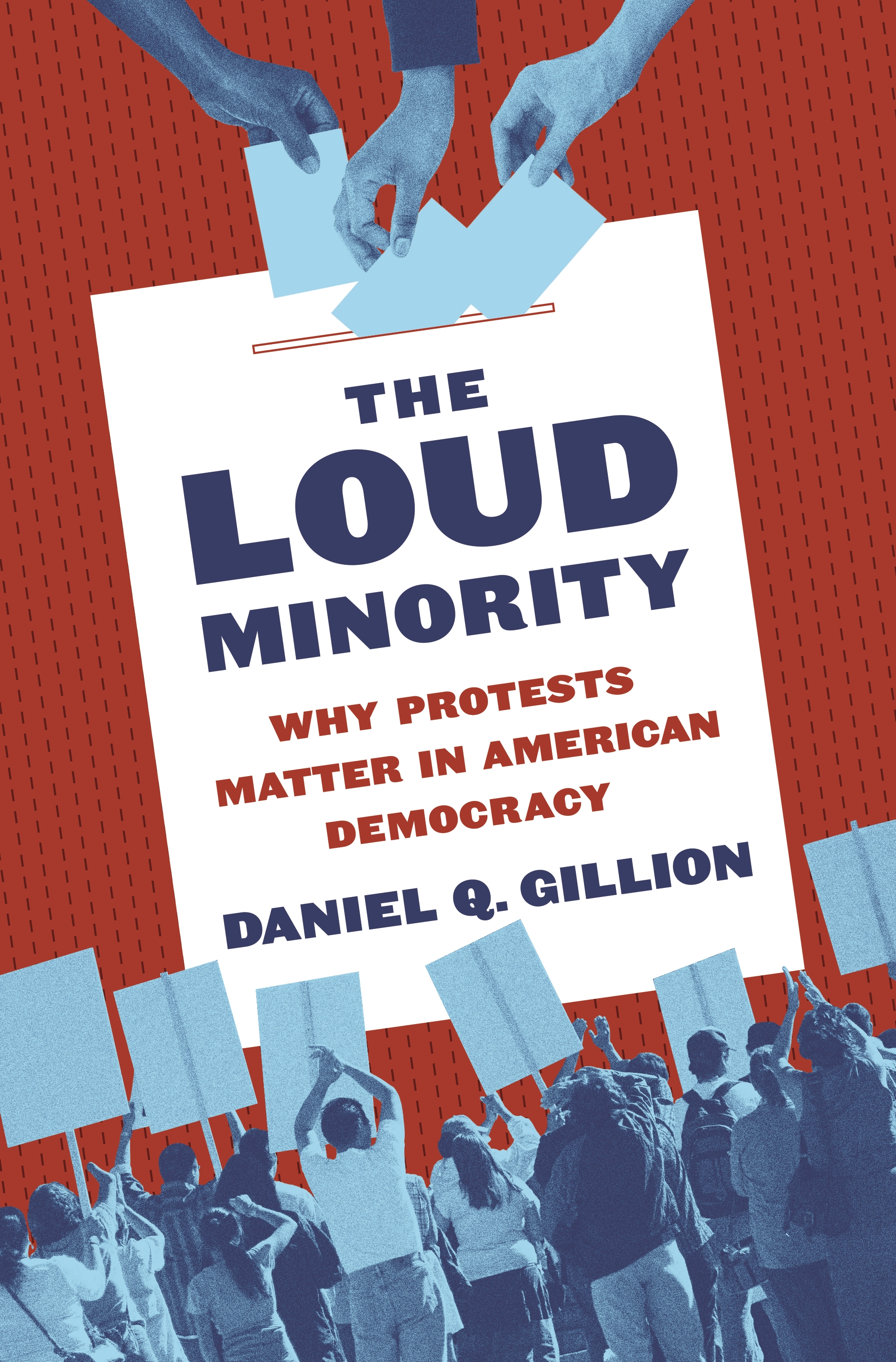Yet while elections have long been at the center of political science research, their connections with protest have not. As Daniel Q. Gillion observes in his new book, The Loud Minority, many of his fellow political scientists have tended to exclude protest from their consideration, ceding the study of social movements largely to sociologists and historians. As a result, their research has often neglected one of the main questions of US political life: how protest affects institutions, policy outcomes, elite incentives, and elections.
With The Loud Minority, Gillion seeks to step into this void. A scholar of political behavior—broadly speaking, the study of mass political attitudes, identities, and actions—he is also a student of movement politics in the United States. In his 2013 book The Political Power of Protest, he studied the effect of racial justice movements on policy agendas within an array of formal political institutions, from the presidency to Congress to the Supreme Court. Protest, he argued, served as a kind of informational cue for policy-makers and elected officials, by increasing the salience of particular issues and providing incentives for political elites to attend to the protesters’ demands. Forced to assess the intensity of protests as a means of understanding minority concerns, these elites would eventually conclude that addressing the issues at stake in “high salience” protests—those that are large in scale, persistent over time, and provoke a police presence—could well serve their own political or partisan interests.
The Loud Minority builds and expands on this argument by examining the relationship between “informative protest” of this kind and the electorate. Like congressional representatives or Supreme Court justices, voters look to activism for information—and as a result, protests become “part of the social learning process.” They “act as an avenue of social communication between activists and nonactivists,” enabling the voting public to “evaluate candidates as well as social conditions” when choosing whom to vote for. Protesters may be a loud minority of citizens, a set of especially motivated and impassioned individuals who are in many ways not representative of the general public. But the silent majority of voters are not as disconnected from—or dismissive of—protest as many assume.
